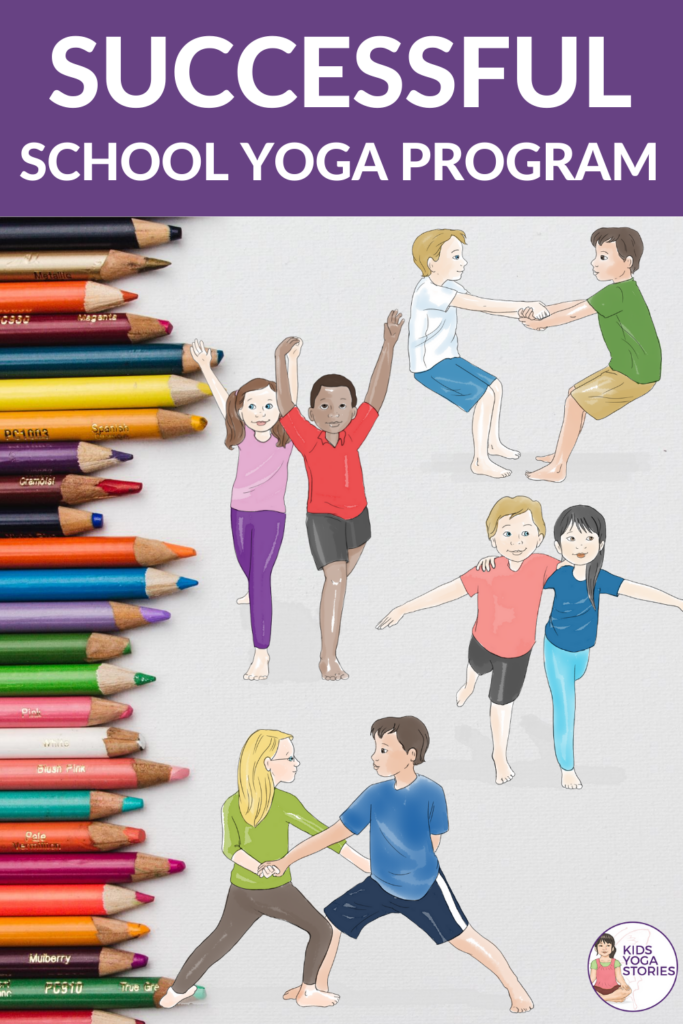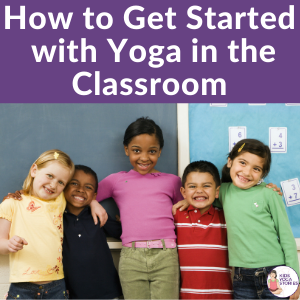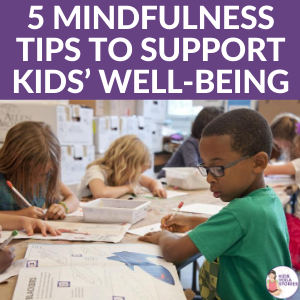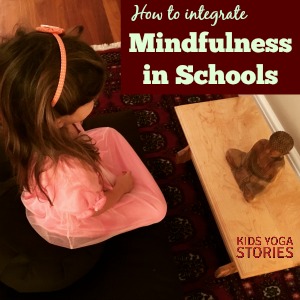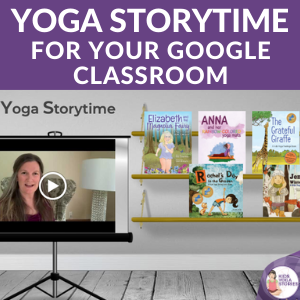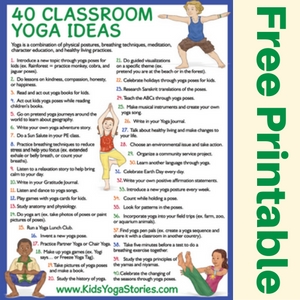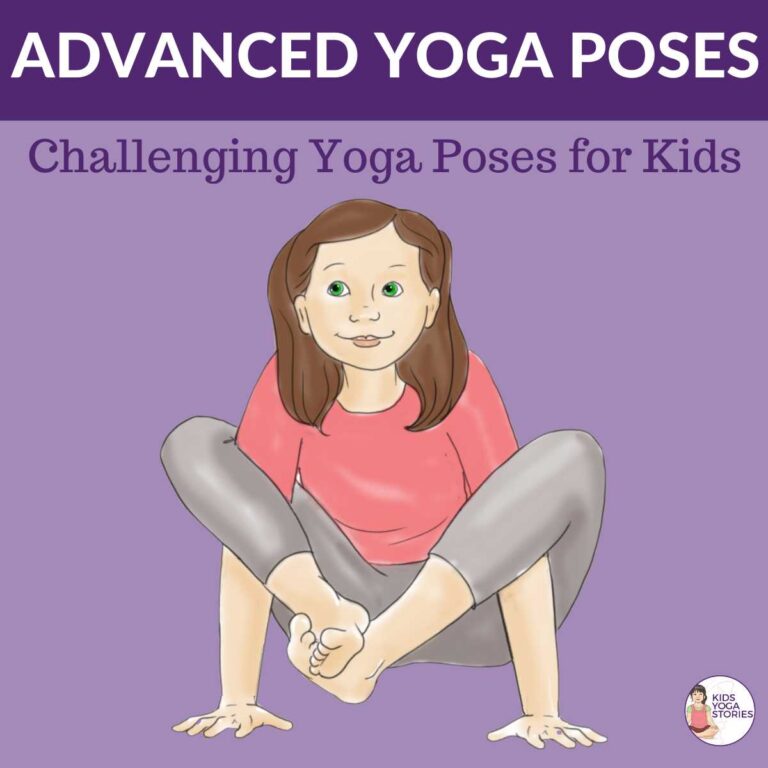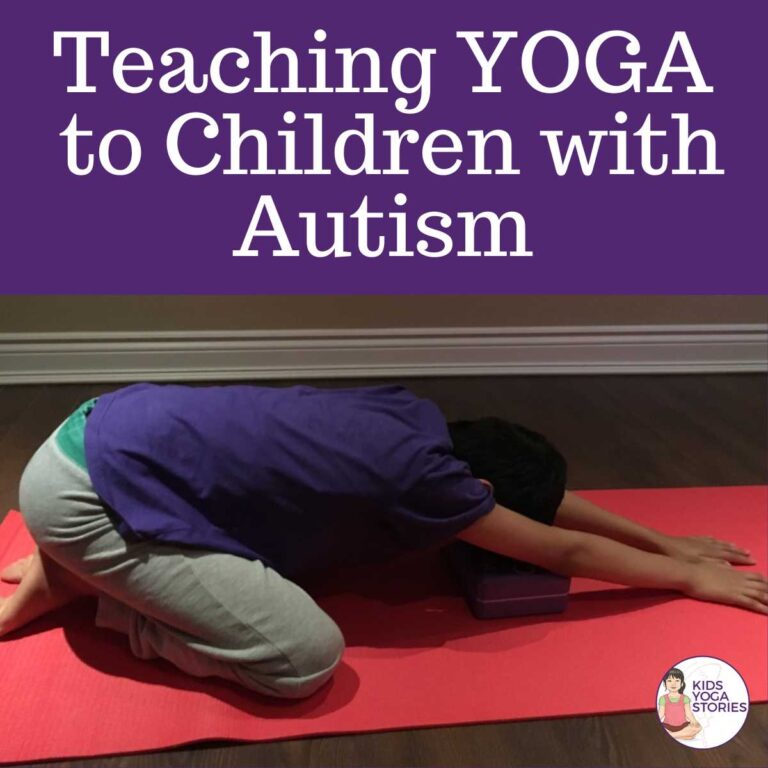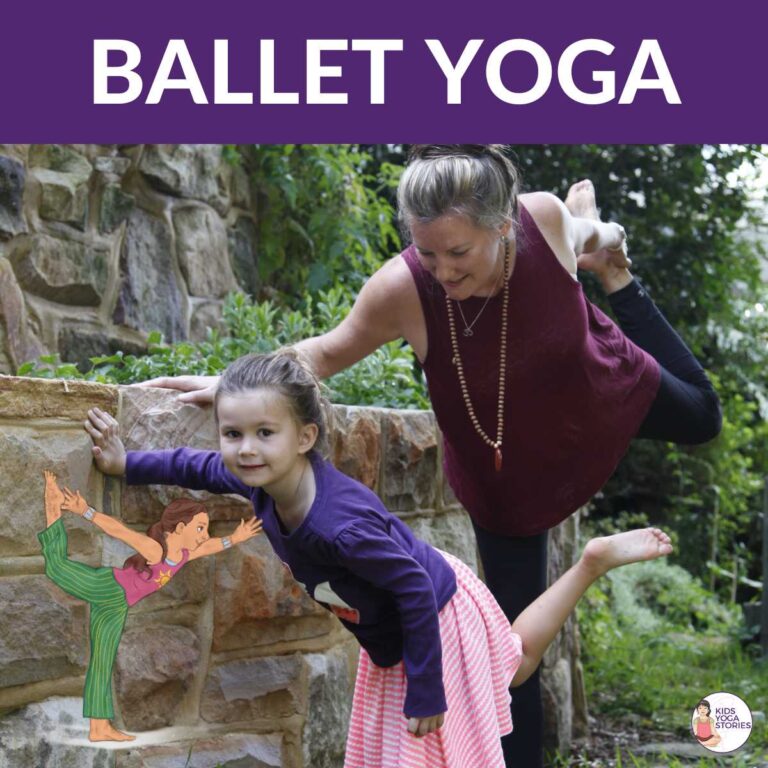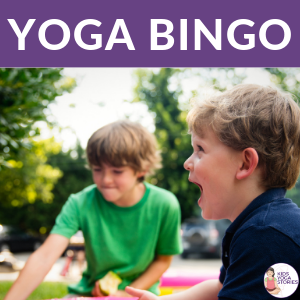16 Keys to a Successful School Yoga Program
School yoga: how do we successfully integrate yoga in schools?
- Teachers are hearing about the benefits of yoga in the classroom.
- Documentaries are being filmed showing the before-and-after transformation of classrooms since they have added yoga and mindfulness to their daily curriculums.
- Research, both quantitative and qualitative, is providing us with data that shows students who participate in school yoga programs have better test scores, reduced behavior problems, and better class cohesion.
- Articles are being written citing success stories from teachers and students about how yoga and mindfulness has helped them control their emotions, calm their stresses, and focus their attention on their schoolwork.
The evidence is clear—school yoga is not a trend. It is here to stay.
A couple years ago, Andrea Hyde, a qualitative researcher, asked the group of us at the Yoga in Schools Symposium for stories of school yoga. This past summer, I finally sat down to read her book, Stories of School Yoga: Narratives from the Field, which was co-edited by Janet Johnson. They share stories from teachers, guidance counselors, and kids yoga teachers about their experiences with introducing yoga to schools.
In general, it feels like we are moving past the “why” of the yoga practice, but now teachers are struggling with how to successfully implement the techniques into their already-jam-packed days. There is no one-size-fits-all solution to adding yoga and mindfulness into your school day. But after years of trial and error, there are definitely some clear keys to success.
16 Keys to a Successful School Yoga Program
Below are my takeaways after reading Stories of School Yoga: Narratives from the Field, edited by Andrea Hyde and Janet Johnson on how to build an effective yoga program for your school:
- To meet them where they’re at and teach the “whole child,” focus on what’s right with the children, not on what’s wrong with their behaviors. (For more: read The Whole-Brain Child, by Dan Siegel)
- Engage in a collaborative problem-solving, social-emotional approach to behavior management. (For more: read The Explosive Child, by Ross Greene)
- Stay up-to-date with the current research on yoga, mindfulness, social-emotional learning, and self-regulation. (See Yoga 4 Classrooms Supporting Research)
- Commit to a regular, consistent self-practice of yoga, meditation, and/or mindfulness.
- Prioritize the self-care and social-emotional competency of school staff.
- Empower children to get involved in developing their own practices based on their needs and interests.
- Include students in the yoga planning to include their preferences and special requests (to get buy-in).
- Let go of what you think yoga and mindfulness should look like and instead embrace the unexpected.
- Be aware that yoga is not something to “do” with children, but rather something for them to discover.
- Be mindful of the cultural backgrounds of your children and address any parental concerns.
- Create program goals that help children to manage big emotions, self-regulate, and focus their attention.
- Build a committed, creative team of yoga champions to implement the yoga integration across the whole school.
- Create a custom program to cater to the needs and interests of the whole school community.
- Ensure that the school culture supports the goals of the program and that funding has been secured.
- Match yoga practices to social-emotional learning standards and health/physical education standards.
- Infuse yoga throughout the day in all aspects of school life, including PE classes, morning meetings, before/after school programs, and SEL learning.
Do you have any other ideas? Leave us a comment below or email us directly to share your school yoga story!
Get Your Free Printable: Keys to Success for Classroom Yoga
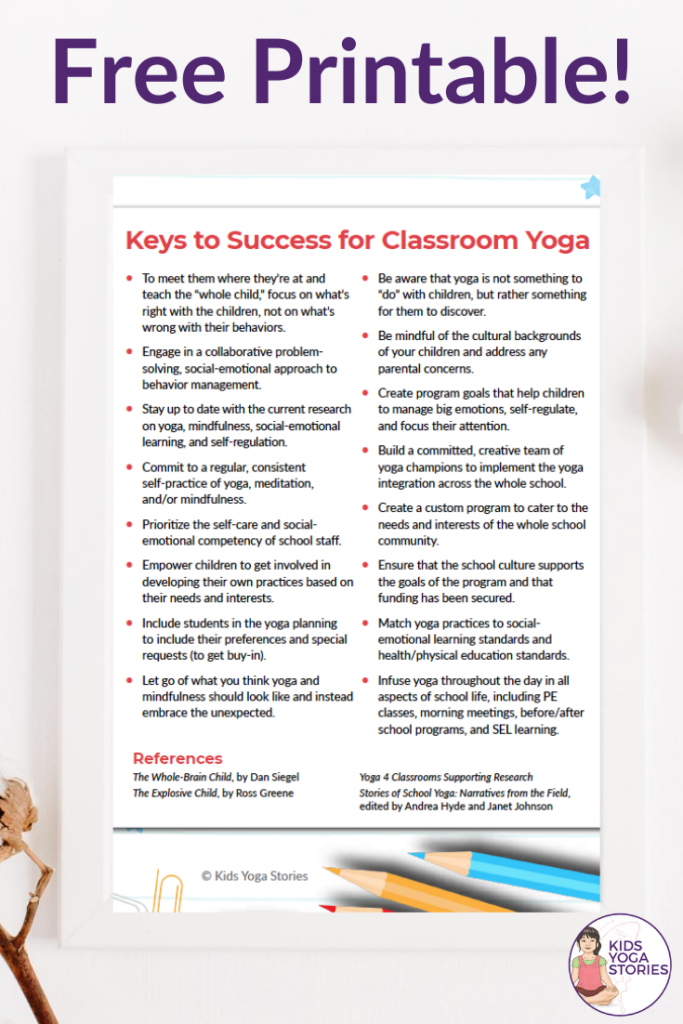
Resources for School Yoga
Check back regularly because we’ll endeavor to keep this list updated with relevant school yoga information and research:
Books
Best Practices for Yoga in Schools, by Yoga Service Council, Traci Childress, Jennifer Cohen Harper
Stories of School Yoga: Narratives from the Field, edited by Andrea Hyde and Janet Johnson
Mindfulness and Yoga in Schools, by Catherine Cook-Cottone
Everyday SEL in Elementary School: Integrating Social-Emotional Learning and Mindfulness into your Classroom, Carla Tantillo Philibert
Classroom Yoga Breaks: Brief Exercises to Calm, by Louise Goldberg
Mindfulness Books for Kids to add to your curriculum:
https://www.kidsyogastories.com/mindfulness-books-for-kids/
Videos
“Room to Breathe” – 56 mins
“School of Thought” – 49 mins
“Planting Seeds: The Power of Mindfulness” – 5 mins
“Mindful Moments with JusTme (#1 Using Breath as Anchor)” 8 mins
“Just Breathe.” 4 mins
“Building a Mindful Nation for Our Children.” – 5 mins
“Mindfulness is being alive and knowing it.” – 1 min
“Why mindfulness should be as important as maths in our schools.” – 10 mins
Articles
Why Kids – and Schools – Need Yoga, U.S. News
More than just a game: Yoga for school-age children, Harvard Medical School
Seven Ways that Yoga is Good for Schools, Greater Good Magazine
Beyond ‘Namaste’: The benefits of yoga in schools, CNN
Ditching Detention for Yoga: Schools Embrace Mindfulness to Curb Discipline Problems, Education Week
Research
Yoga 4 Classrooms Supporting Research
TIPS TO GET STARTED TEACHING YOGA AND MINDFULNESS TO KIDS
MAY WE SUGGEST
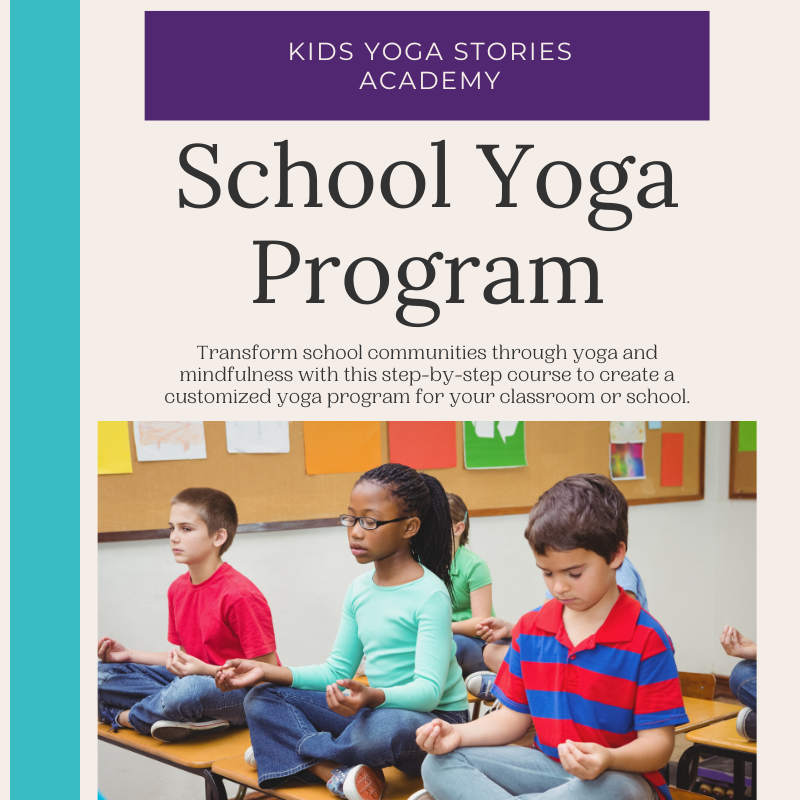
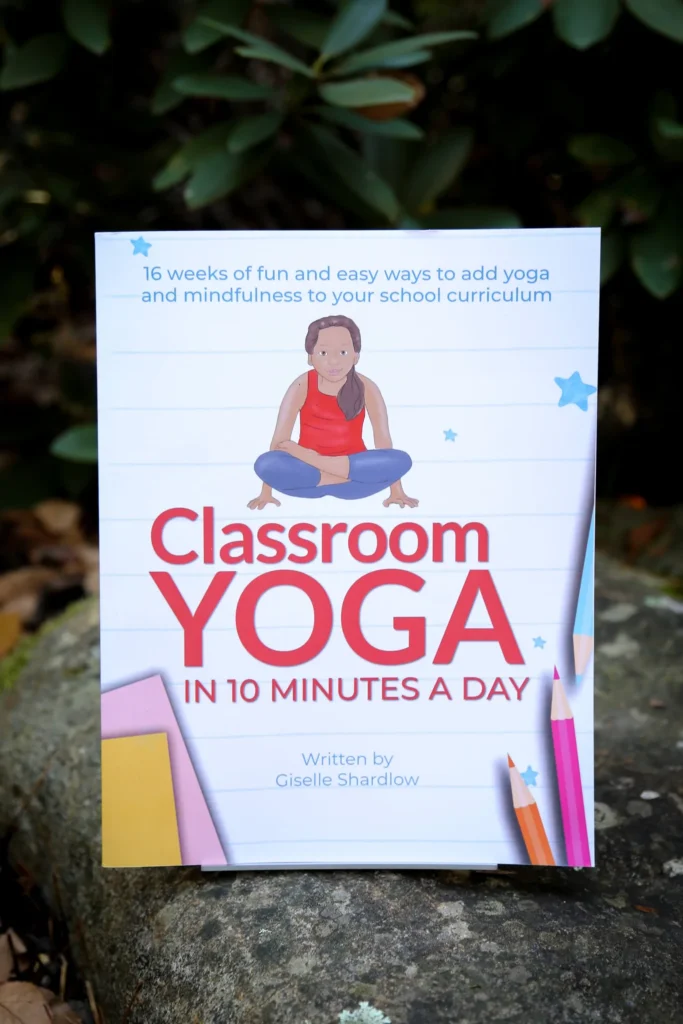
YOU MAY ALSO ENJOY
PIN IT FOR LATER
